So very excited to be typing this post! It was around fall last year when I was first introduced to close reads. Totally being candid…and thinking back to that meeting- – I remember having a conversation with myself in my head {we all do this right?}
You want me to read ONE book all week…yeah right!
So, what you’re saying is you want me to throw out the million dollar curriculum that tells me EVERYTHING I need to do and write my own plans? Well, sure why not – -I don’t love my weekends.
Okay, let’s see how long this sticks around…#thistooshallpass
I mean all horrible thoughts right??? I think I was just having a bad day LOL! So, being me…I did as I was told and we taught our first close read using the book Pumpkin Town! Maybe it was that luck should have it… but Pumpkin Town turned out to be an excellent book for close reads, and I fell in love….like head over heels…flat on my face…black eyes and all because I deserved that for not believing at first!
I think that close reads opened up my eyes to what education could be and in my opinion should be! Close reads allow me to bring in science, make a meaningful link to writing, life experiences for my students, and FREEDOM! Freedom is kind of a big deal when talking to teachers!
Also, I wanted to let you know that this post will be all about teacher-led close reads! Teacher-led meaning…that the teacher will be the one reading the text and leading the students in a guided fashion! Student-led close reads would be when the students are reading the text independently or along with their teacher’s assistance!

I am forever grateful for that one meeting! That one meeting has forever shaped the way I will teach reading. No matter if “close reads” stick around…I will never go back to the way I taught reading before! There is no way that one curriculum will ever give me the rich learning I get from teaching close reads!
So, you know that I love close reads, but what about the kids? Well, do kids love to learn new things? Yuuup. Do kids like to explore new topics? Yuuup. Do kids love to learn new and quirky facts? Yuuppp. Do kids love to explore? Yuuuup. Do kids love for you to tell them how smart they are for using that week’s BIG words? Yuuuup. Well, close reads provide all of that and more!
I prepare for the new close reads on Fridays after school. When the kids enter the room on Monday they immediately scourer the room to see what the new close read topic is. I hear the buzz circling around the room….”Look! We are learning about frogs this week….frogs are so cool!”
To answer my own first thought from that particular meeting…will the kids stand to listen to the same book more than once? Yes! I’ve never had one kid mention that they are upset we are reading the same book again! I’ll explain in more detail later, but I state the purpose for our lesson each day and the kids know that they have a “job” for each day.
Close reads have also allowed me to fall even in more love with children’s literature! There is no understanding of a book, until you have prepped it for a close read! I feel that I’ve learned just as much as my students since starting close reads! Close reads have also allowed me to learn alongside the kids in a way that has shown me HOW they process their thoughts about unknown words, reactions to the story, and how they connect to the story. Before when I would read a book once and put it away….there was no way for me to connect with each of students and the book.

Are
close reads hard? Well, I wouldn’t say
anything in education comes easy! HA! In all seriousness though…I do not
think that close reads are “hard.” They
might require a little more prep, but I feel that the benefits outweigh that
tremendously!
Each week I prepare my vocabulary cards, bubble chart, and as a way to really
hit home the concepts, I like to add in some kind of “hands-on” craft or
exploration. Each week I really insist
on providing the kids a meaningful way to remember the material and the new
information we’ve learned!
We
have done this in a variety of ways. I
would say that this part of the close read is the only part I stress over a
bit. FYI – – you do NOT have to bring in
an extravagant connection piece each week for the close read to be
successful. The “close read” is
completely literacy based. However, if
you do choose to…here are a few things we’ve done that are simple… crafts,
linked writing project, experiments, guest speakers, and if you’re feeling
adventurous – – a field trip!
So, in review…since I ramble a lot- – to prepare for the close read you’ll
need to collect the book, print vocabulary cards, create your bubble chart, and
print the close read plans…that’s it! EASY PEASY! If you choose to use my
close read plans…then I’ve done all of the work for you and all that’s left is to grab the book and hit “print.”

Below I will explain in detail what I do each day of the week for my close read lesson. However, please note that these routines are by no means the “one and only” way to conduct a close read lesson. I am constantly tweaking our close read routines and trying new things! Sometimes I love the new ideas and some times I trash them after just one week…just listen to your students! They’ll guide you more than anything else!
My close read lesson varies between 20-30 minutes. Could I make it go longer? Yes. Could I add in some kind of “task” everyday? Yes. However, I think the best thing about close reads is their natural flow of learning. I don’t believe that there needs to be a paper/pencil task in everything we do…I have been exploring with some paper/pencil tasks for days one and two of the close read lessons, but I am not dead-set on those…we do them when it feels right and if we skip over them one week- -it’s no big deal!
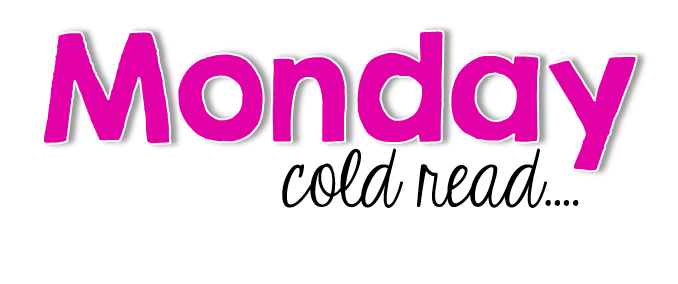
Monday in a close read week is really fun! We start day one by all students making their way to the carpet. If the students haven’t problem solved in their own five and six year old detective ways…I will introduce the week’s theme. I will ask that students to turn to their partners and teach their partners what they know about that topic! For the picture below our topic was frogs. So, students turned to their partners and taught them what they already knew about frogs.
I then call for their attention and I chart their ideas onto the bubble chart. I will then do a “cold read” of the book. Cold read meaning that I read it without front-loading any information about the story, vocabulary, etc. I stop very little to none at all throughout the book. After this first read we will discuss how this book related to our topic. I will then have students turn to their partners and have them discuss the book. On a nonfiction close read week students will discuss new facts they learned from the book. I will then chart these!
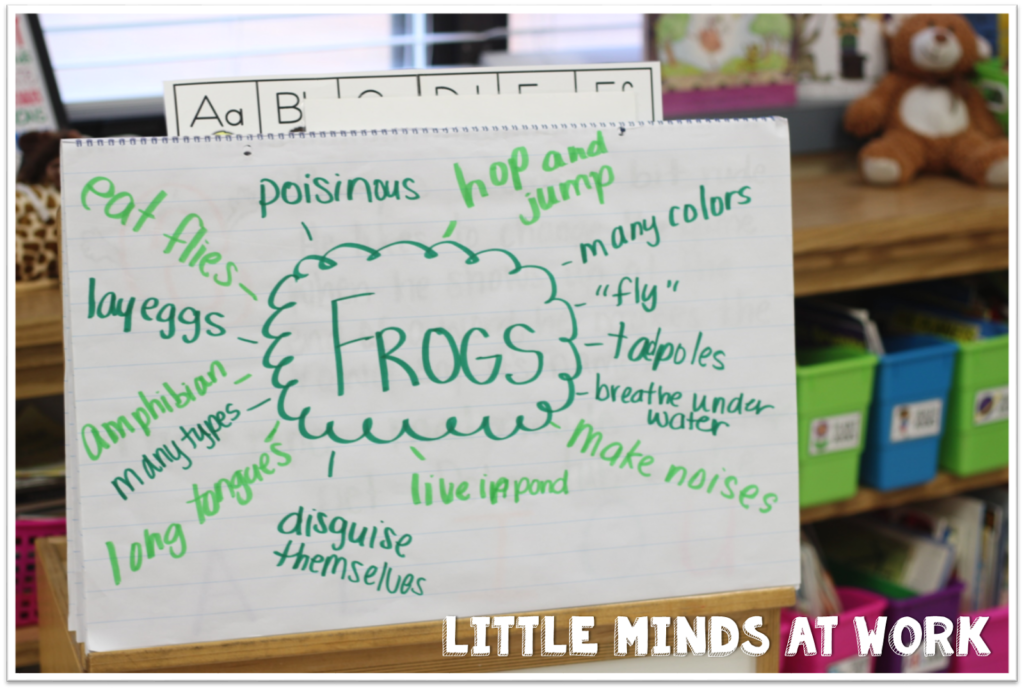
I like to wrap up day one with a review of our bubble chart and I will also state the week’s essential question posted on the board.
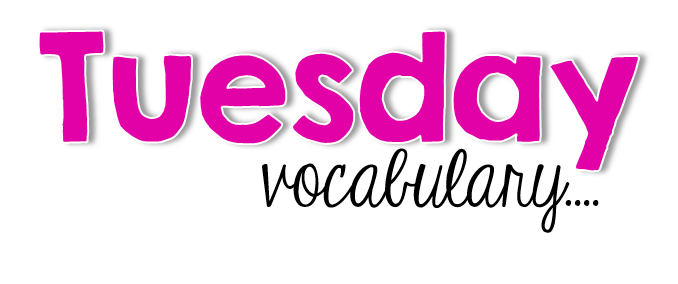
Tuesdays are all about vocabulary! On this day I like to have the book projected using the interactive whiteboard through a Kindle book or using the document camera so students can help me annotate! If this isn’t possible that’s okay too! For day two I state to the kids that they will be helping me with unknown words we come across in the text. This day has transformed greatly from the start of the year until now.
At the beginning of the year I would tell the students our words when we would come to them, define the words, show the picture card, and create an action for the word! However, every few weeks I would let go of one of those and turn them over the students. Now that we are well on our way to first grade….the students are now helping me annotate the unknown words, pronounce the words, define the words, match the picture card to the definition, and helping me come up with an action.
In our close read a few weeks ago I also added a new concept to get the kids really thinking about how they can tackle unknown words. I presented the students will three “attack” strategies for unknown words; use the words within the text, use the picture clues, or use our smart brains and infer. As we would come to our unknown words…we would decide how we got to the definition! Did we use the words? Did we use the picture? Did we have to infer the meaning? We have continued to work on this concept and I see them getting quicker each week! I think it’s making them more aware of how to tackle unknown words when they are reading on their own as well!
Click below to grab these cards for your classroom!
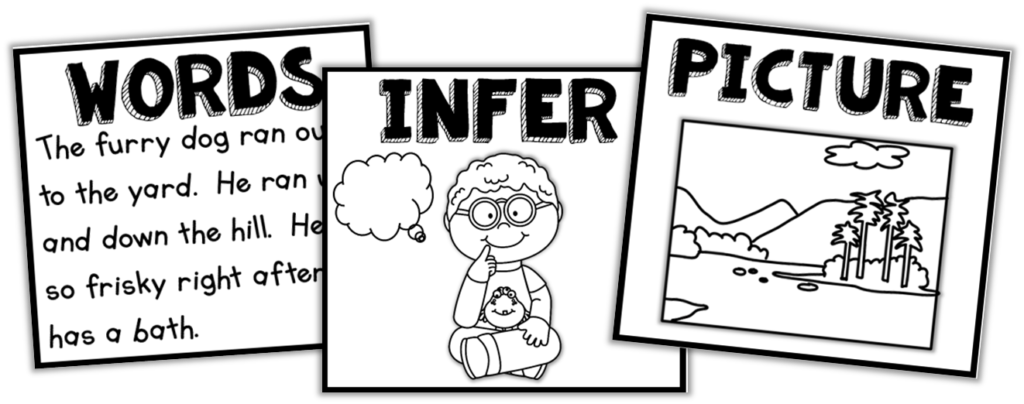
Here is a rundown of how day two looks:
*State the essential question for the week
*Start by rereading the entire text {you can also choose to flag the pages the words are found on}
*Annotate the unknown words {circling, underlining, etc}
*State the definition
*Display the matching vocabulary picture
*Add in a matching action for each word
*Read through the entire book {if you choose}
*Review all words again
*Call on students to give word in a sentence {statement or question}
*Call on students to give a story about each word
See below an example of our vocabulary wall…
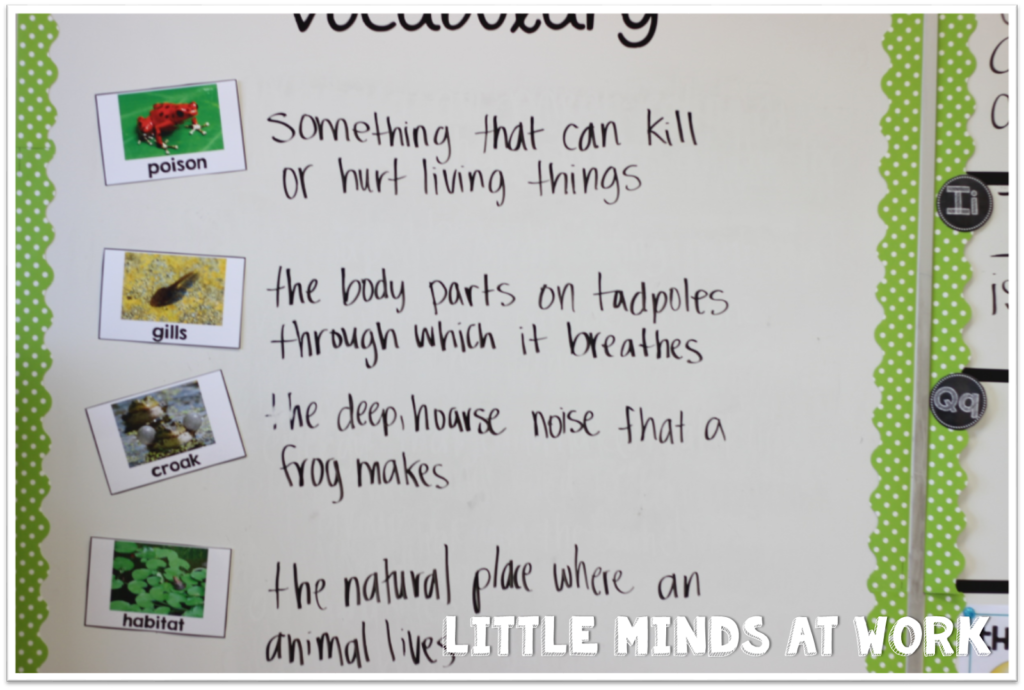
I added in the use of vocabulary words in sentences and stories a few months ago! It was just another way I thought would help students become familiar with the words and a way to get them using them in their everyday conversations! They always show great understanding of the definitions, but I still want to push them to become comfortable actually USING the words!

Wednesdays are the text-dependent question days…AKA my favorite day of close reads! This is the day you get to see the kids light up and SHINE! On this day I lead the students in a question that will require students to turn to the text and look closely. These are higher level questions that are usually not answered one way…but questions that allow students to come to an answer of their own.
After I ask the question we teach our partners our answers. I say TEACH! and students say OKAY! The first student will continue talking until I say UH-OH SWITCH! The students then switch and the second partner has a turn to answer. I love using turn-to-your-partner here so that ALL students get an opportunity to answer the questions! I then call on students to share out their answers. We’ve started something new and when I call on them to answer… the student stands up to share! They feel oh-so-important when doing these! If you’re not the one standing..then you are to turn and face the student talking!
Here is an example of text-dependent questions! These are from my freebie close read, Duck and Goose!
•Reread
page 6. How does the author relay to the
reader that Duck and Goose are so upset at one another? {The author uses
capitalized words…..showing that they were yelling at one another}.
•On
page 8, the author writes, “that’s quite a beauty.” Explain what this means.
•Using the illustrations on pages
10-11. How does the author indicate that
Goose and Duck are still upset with one another? {Pointing
out the labels on each sign}
•How
do Duck and Goose feel when the bird tells them it is a ball instead of an
egg. How did you know that? {Point out
their facial expressions on page 30}.
•Which statements at the end of the story
show you that Duck and Goose are now friends?
•During the cold read/first read did you
know it was a ball? State
specific evidence from the text.
You can see from the questions above the kind of thinking that goes into these!
Day four is a exciting day as well! In my close read packets I have placed a collaborative learning piece in for day four! I noticed that this activity usually went by pretty quick. I also quickly realized the importance of covering both nonfiction and fiction each week! So, this year I started pulling in a opposite text! So, in reading a nonfiction book…I pull in a fiction book! You can see from the image below that I like to boast several books on the topic for the kids! We also read some during writing…if we are linking our close read! For frog week our fiction selection, I Don’t Want to be a Frog, was a fun story! For this story we compared and contrasted this frog to the frogs we read about in our nonfiction text!

Some weeks we are able to think deeply on the comparison books more than other weeks. For example…. during our, Each Kindness, close read we were able to link a couple of excellent books! The kids were able to really think about how the events in each book were similar or different.
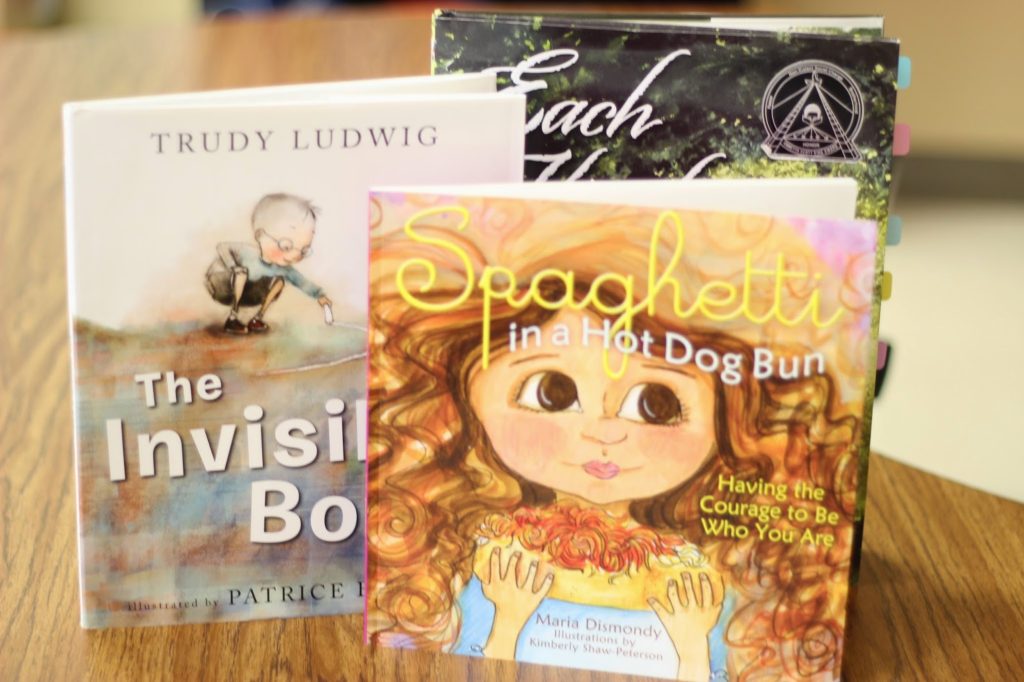
Day three overview:
*Review the essential question
*Read the paired text
*Compare/contrast the characters and/or events within the linked texts {using discussion or charts}
Below is an interactive way we reviewed the essential question for this week….What does it mean to be kind?
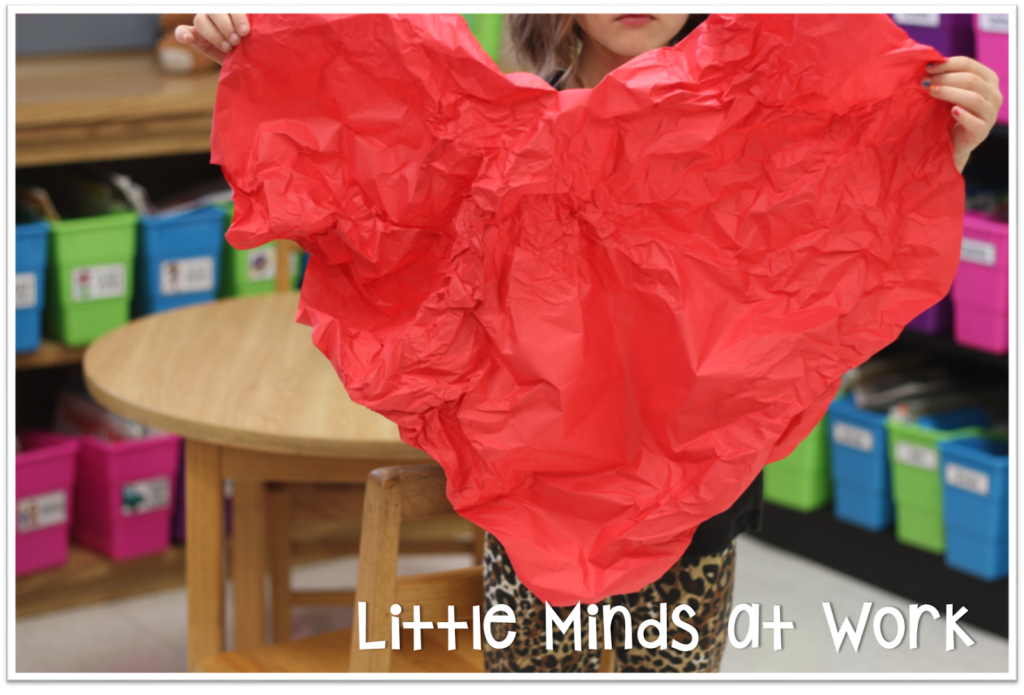
Fridays are really a wrap up of the whole week! I like to review the essential and tell the students
why that was our essential question….what was it’s importance in THEIR lives. We go over our vocabulary words with a weekly skill check. On weeks were the close read was not aligned during our writing block…we will then write during this time. Most of all on Fridays we like to have fun!
Now for some of the memories kids make during close reads….
Linking close reads to holidays and “happenings” in the community…
* *Veteran’s Day Close read* *
Linking close reads to SCIENCE! Seriously sure that all kids love science!
* * Seed to Plant Close Read * *
Linking close reads to craft…where there is paint…there is fun to be had!
* *The Moon Close Read * *
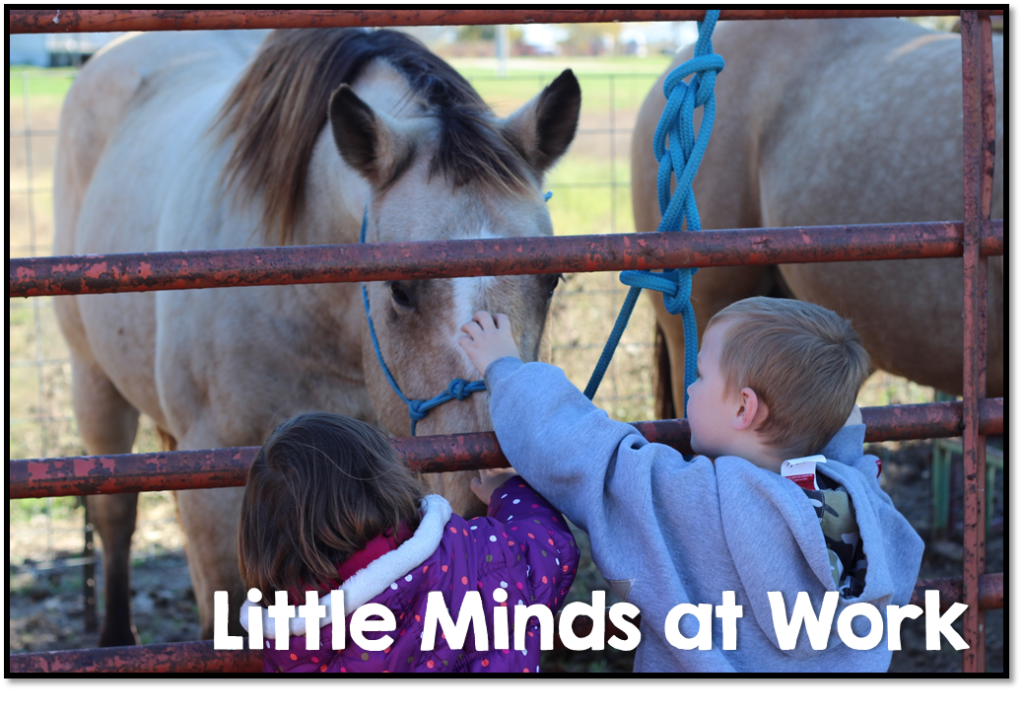
Linking close reads to field trips and community speakers! This is where I will be improving on next year! I’ll share more of that below!
* *Horses Close Read* *
I get this question a lot! Are my close reads common core aligned? Well YES!!!! Now, I did not label each question with the standard since some….now more and more teachers are not using the standards. However, below I will explain how many standards you’ll cover in just ONE close read!
RL.K.1-3 Key Details Domain
Yes, you’ll cover these standard hands-on down every day 3 of the close readIf a story lends itself to a solid retell you’ll also work on that day 4 in collaborative groups.
RL.K.4-6 Craft and Structure Domain
Every day two you’ll cover several unknown vocabulary words. In my close read plans I do not give prompts to discuss who the author/illustrator is, but naturally we cover those topics when teaching.
RL.K.7-9 Integration of Knowledge Domain
You’ll cover these standards on day 4 when you are comparing the characters and/or events within the two texts
There is absolutely no way you won’t cover the standards when teaching a close reading lesson…this includes science standards as well!
Before closing out this post… I also wanted to share with you the future of my close read lessons! As all good teachers do we are constantly reflecting on our current practices. I am ALWAYS thinking like this- – sometimes tooooooooo much! HA! This year I have tested out several new aspects of the close reads that I will be working on! I will be providing a linked shared reading poem each week, content ideas, aligned writing, and a more comprehensive look of each week…and place these weeks into units! I am also very intrigued with problem-based learning and adding in opportunities for play-based learning! I can’t wait to share all of that new-ness with you!
If you would like to see how I have integrated shared reading, content, and writing all into my clsoe read week…you can view my frog’s close read week by clicking below!
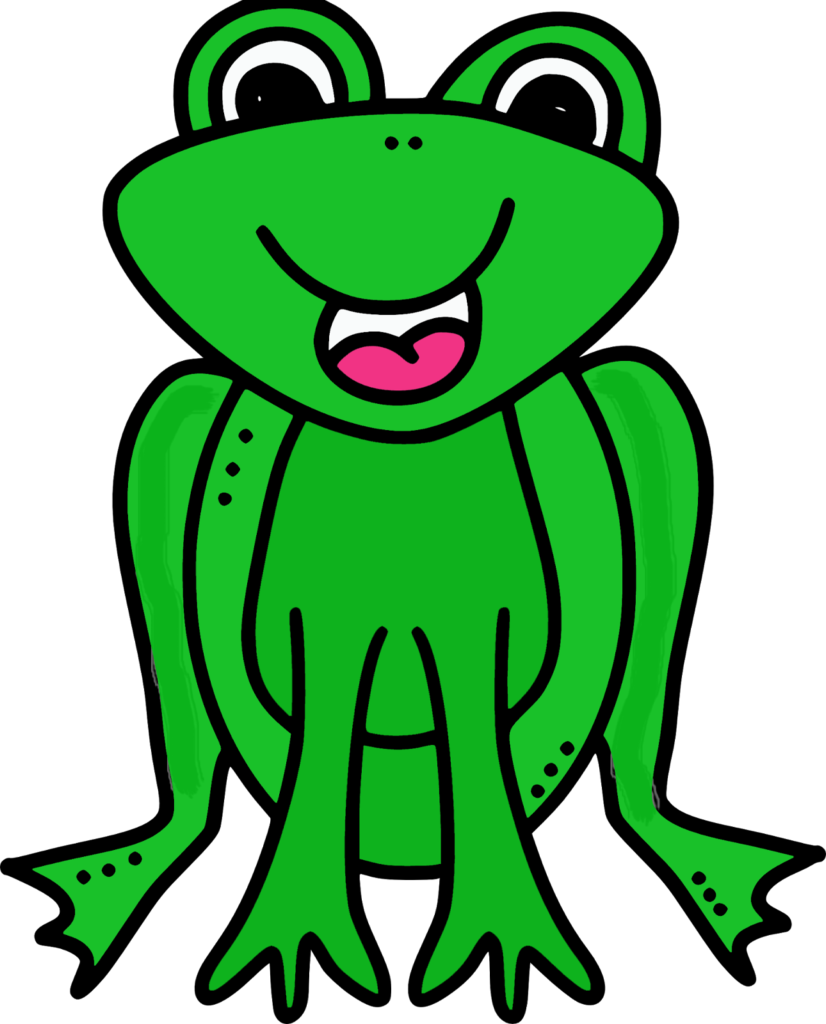

Thanks so much for sticking it through this post! I truly hope you got a better understanding for close reads! However, if you have a specific question that I didn’t cover please feel free to comment it below or email me at ta******@ho*****.com I’d love to hear from you! 🙂
If you’re ready to bring LIFE to your reader’s workshop time…you can check out my close read plans below! When following the link below you’ll also be able to download to freebie close reads …one fiction and one nonfiction. My plans come with vocabulary words, vocabulary picture cards, text-dependent questions for each book, collaborative learning piece, and a weekly writing! Please note that since my close reads are based upon children’s books – – you DO have to provide your own books! You can view my packets by clicking below!
Have a great week!



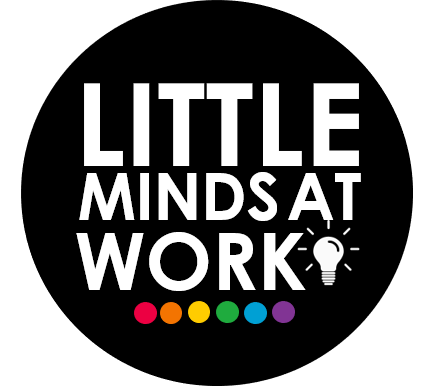
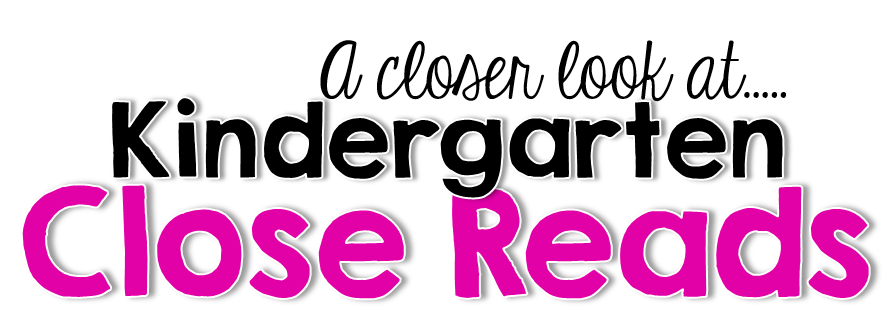







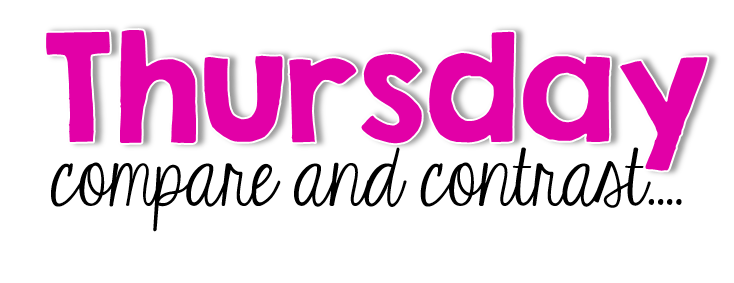


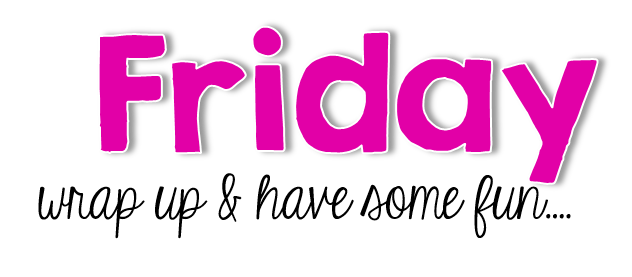
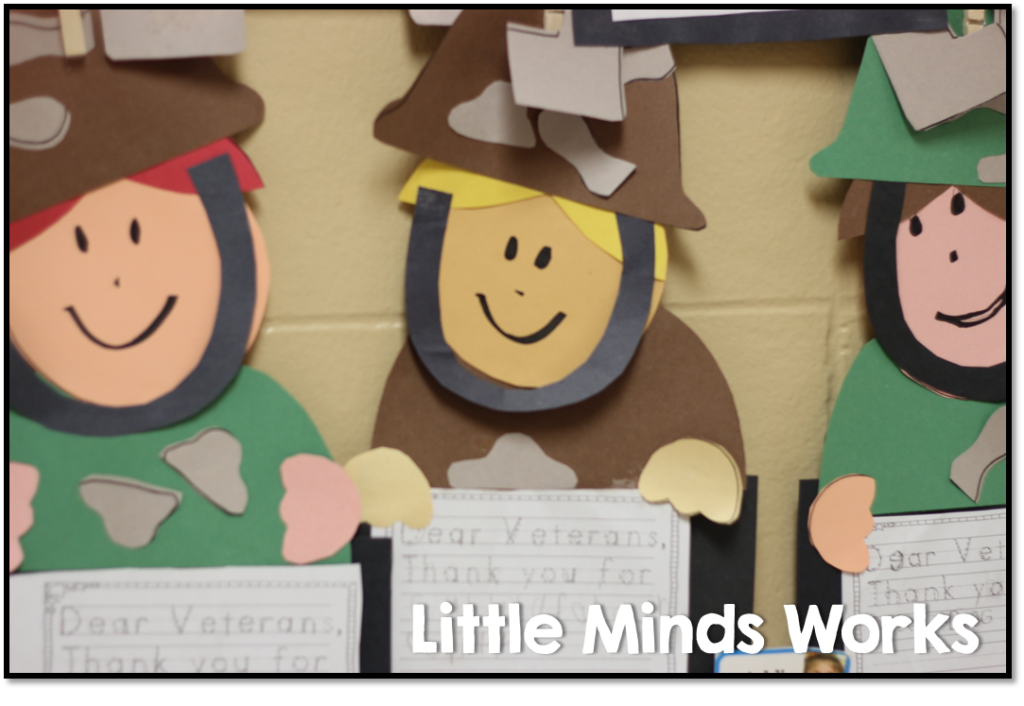
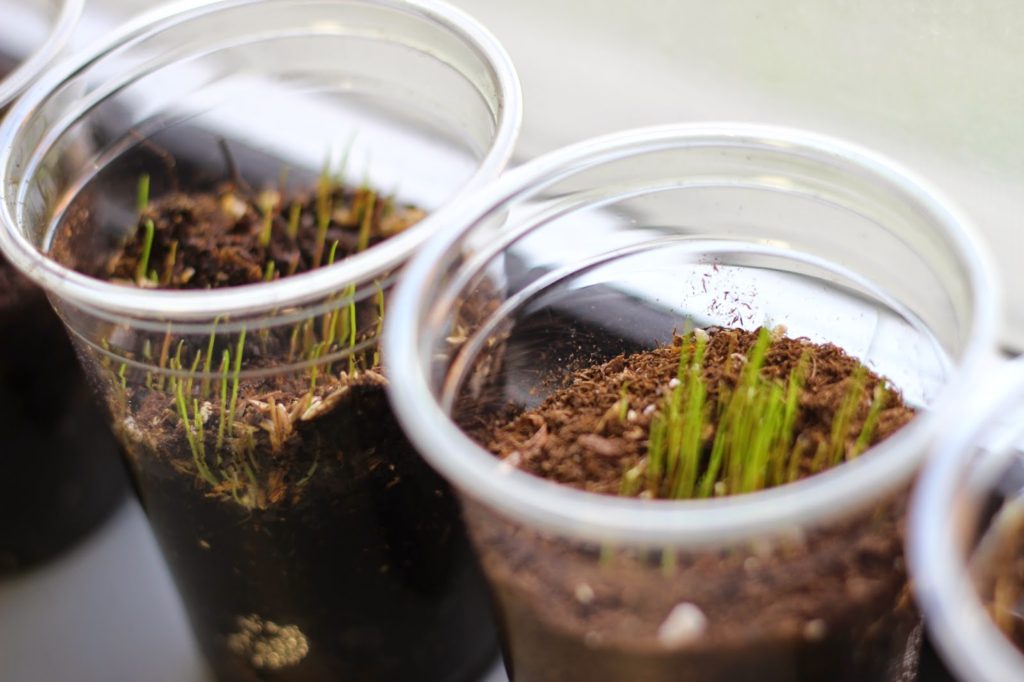
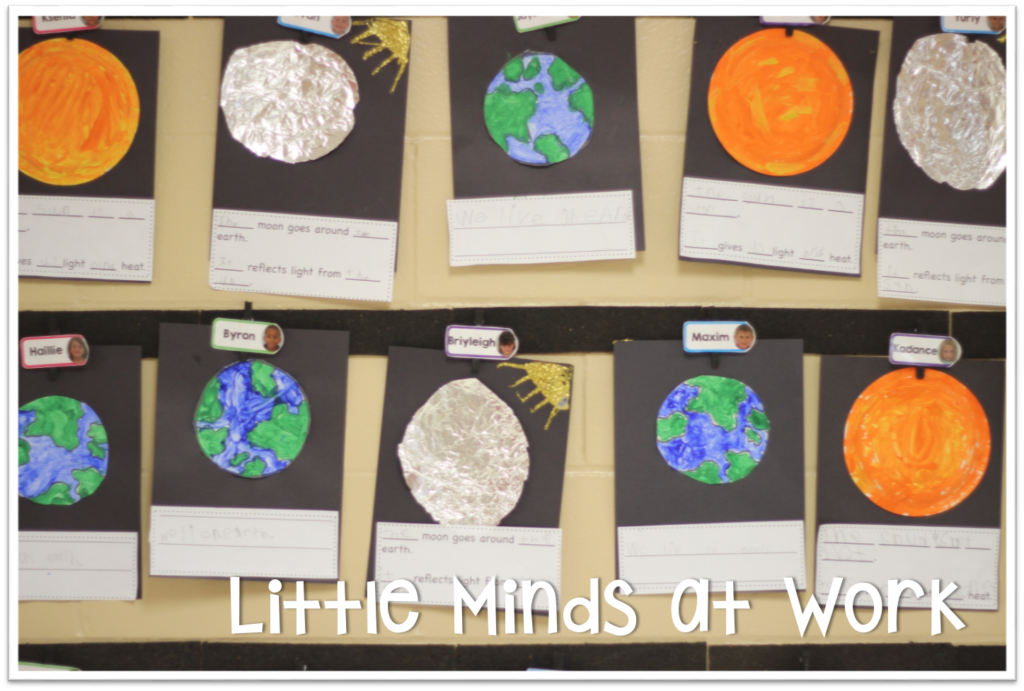





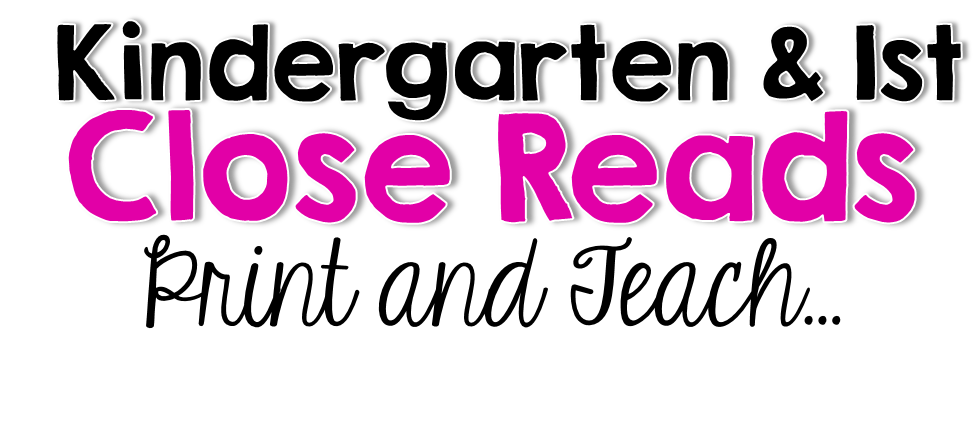
Tara,
Thank you for your close read post. I have been trying to add this into my classroom because it looks fabulous for reading comprehension. I really appreciate your explanation of how you do this in your kindergarten classroom.
Jen
kindergartencoffeetalk.blogspot.com
Thank you for taking the time to post your daily activities for a close read. You have provided some valuable insight into what it means to take a class through a close read!
Thanks again!
Thank you for sharing all that you do with close reads. After looking at your freebies, I've been trying to ask some of the questions during our story time. In looking at your packets on TPT, it says that they are for 20-25 weeks. Do you get to all of them during the school year?
No I don't get them all! We do 36 weeks I believe!
Tara
Thank you so much for this! This is, by far, the clearest explanation of close reading I've come across! I'm looking forward to implementing some of your ideas! 🙂
Tara – This is a great post!! I know I have often thought the same thing about using the same text for multiple days and if the kids will like it, but they always do!!! I feel like they really enjoy hearing the same book because it becomes familiar to them and they are really able to understand it better. They feel like little reading experts with the book! I love how you organize each day with your close reads. Thanks so much for sharing your great ideas!!
recipeforteaching
I would love to know where you get the beautiful photos for your vocab cards?
Hey there! They are in my close read packets! For my packets…I have a subscription to istock!
Tara
Thanks so much! I love your vocab cards and break down of instruction! I will include these elements as we begin building out our reading after-school program.
-Bri @ Knowledge Mobile
Sounds like our Reading Street curriculum. We do have a poem and a song provided each week as well.
Tara I LOVE your Kindergarten Close Reads and I was looking at your First Grade ones…are they similar? I noticed most of the books are the same.
Hi Tara! Thank you for ALL your hard work for educators! We are blessed to have great leaders like you to support us we move students to deeper level of thinking. Close Reading enables all students (even K!) to think deeply and problem solve as they read. This is what reading instruction is all about. Your work is the BEST!
Thank you Donna! 🙂 🙂
Hi Tara! I absolutely LOVE this post! I've always had a difficult time visualizing what close reading should look like in a K classroom. NOT ANYMORE! Your post has my head spinning with the endless ways close reading can be implemented in my classroom.
On Wednesdays, when you have the students "dig deep", do you provide multiple copies of the text for students to work with in pairs or small groups? Or do you project the text using a doc cam and work on the questions as a whole group?
Hey there Liz! So glad that I could help you understand close reads a little better! 🙂 Yes, on Wednesdays I display the text on the smartboard. That day I also ask the students several text-dependent questions. Those are located in my close read packets! 🙂
Tara
Thanks so much!
I love this!! Our Reading Street is similar, but as much fun. Where do you come up with your question of the week and vocabulary words? Thanx for sharing
Billi- I have just taken the time {a lot of it lol} to come up with the essential questions. Each time though I end up tweaking them a bit. I like making the essential question "life based" and always open-ended! I also just searched through the books looking for the vocab that would increase knowledge in my kiddos! 🙂
Tara
This is such a wonderful explanation of close reading for younger students! I can't wait to try this in my classroom next year. Thank you for sharing your time, ideas, and expertise! 🙂
all the technical KINGDOM777 solutions and staff we need for 에볼루션 카지노 operators who provide world